Asteroid 2023 DZ2 will zip between Earth and the moon's orbit on March 25 and may be visible with the right telescope.
Space News & Blog Articles
Sorry, E.T. fans: Interstellar visitor 'Oumuamua isn't an alien spacecraft. It's just passing gas.
Since its arrival in the solar system in 2017, interstellar object 'Oumuamua has puzzled scientists. Two American astronomers now think they have solved one of the space rock's biggest mysteries.
5 planets will align on March 27 and you won't want to miss it. Here's where to look.
On Mar. 27, a cosmic parade of five planets, the moon and a star cluster will line up in the night sky. Here's how to see the special event.
Did Supernovae Help Push Life to Become More Diverse?
Life on Earth has been around for a long time—at least 3.8 billion years. During that time, it evolved significantly. Why has biodiversity here changed so much? A new study proposes a startling idea. Some major diversity changes are linked to supernovae—the explosions of massive stars. If true, it shows that cosmic processes and astrophysical events can influence the evolution of life on our planet.
The idea of cosmic catastrophes having an effect on life is not new. Usually, people think about such events happening to us in modern times. But, there’s a long history of Earth being affected by past cosmic events. It’s likely, for example, that shock waves from supernova explosions set the birth process of our Sun in motion. We experience solar flares and outbursts and how they interfere with our technology. We also know that impacts have shaped the planet throughout its history, as well. So, why couldn’t supernovae also play a role in the evolution of life? There are a lot of ideas about that, involving both astronomical and biological research.
Linking Supernovae to Life Changes
A team of scientists at DTU Space (Denmark’s largest space research institute) think there’s a strong correlation between changes in the diversity of marine life in the past half a billion years and the occurrence of nearby supernova explosions. According to Henrik Svensmark, author of a paper describing the team’s research, it’s possible that one effect of a supernova is a change in Earth’s climate. “A high number of supernovae leads to a cold climate with a large temperature difference between the equator and polar regions,” he said. “This results in stronger winds, ocean mixing, and transportation of life-essential nutrients to the surface waters along the continental shelves.”
The team’s paper points out some interesting specifics. It states, “In accordance with the cosmic ray theory, Earth experienced cold glacial periods when the local supernova frequency was high, i.e., high cosmic rays and warm climates when the flux was low. These results suggest that changes in supernovae frequency and, thereby, changes in cosmic rays have significantly influenced the Phanerozoic climate.”
This proposed influence of supernova explosions extends to the conditions for life. For example, the paper suggests a correlation between past supernova rates and the burial of organic matter in ocean sediments during the last 500 million years. The sequence goes like this: supernovae rates influence climate. Climate influences atmosphere–ocean circulation. That circulation brings nutrients to marine organisms. Nutrient concentrations control bioproductivity (how organisms thrive). Then, as they die, their remains settle into sea sediments, which fossilize and preserve the record of past biological activity.
Relativity Space ready for third attempt to launch 3D-printed rocket
Watch our live coverage of the countdown and launch of Relativity Space’s first 3D-printed Terran 1 rocket during a three-hour launch window opening at 10 p.m. EDT Wednesday, March 22 (0100 UTC Thursday, March 23). The Terran 1 will lift off from Launch Complex 16 at Cape Canaveral Space Force Station, Florida, on its inaugural test flight. Follow us on Twitter.
Relativity Space, a company with ambitions to develop a fully reusable rocket, will try again Wednesday night to launch its first 3D-printed, methane-fueled launcher from Cape Canaveral after two scrubbed countdowns earlier this month.
The two-stage rocket, called the Terran 1, will lift off from Launch Complex 16 at Cape Canaveral Space Force Station. The test flight has a three-hour launch window opening at 10 p.m. EDT Wednesday (0100 UTC Thursday), and there’s a 95% chance of favorable weather, according to the Space Force’s 45th Weather Squadron.
The mission is a demonstration for Relativity’s Terran 1, a 110-foot-tall (33.5-meter) launcher designed to haul more than a ton of cargo into low Earth orbit. The Terran 1 is aimed at the commercial launch market for small to mid-sized satellites, making Relativity one of several privately-developed smallsat launch companies coming online in the last few years.
This will be the third launch attempt for Relativity Space, headquartered in Long Beach, California. The company called off launch attempts March 8 and March 11.

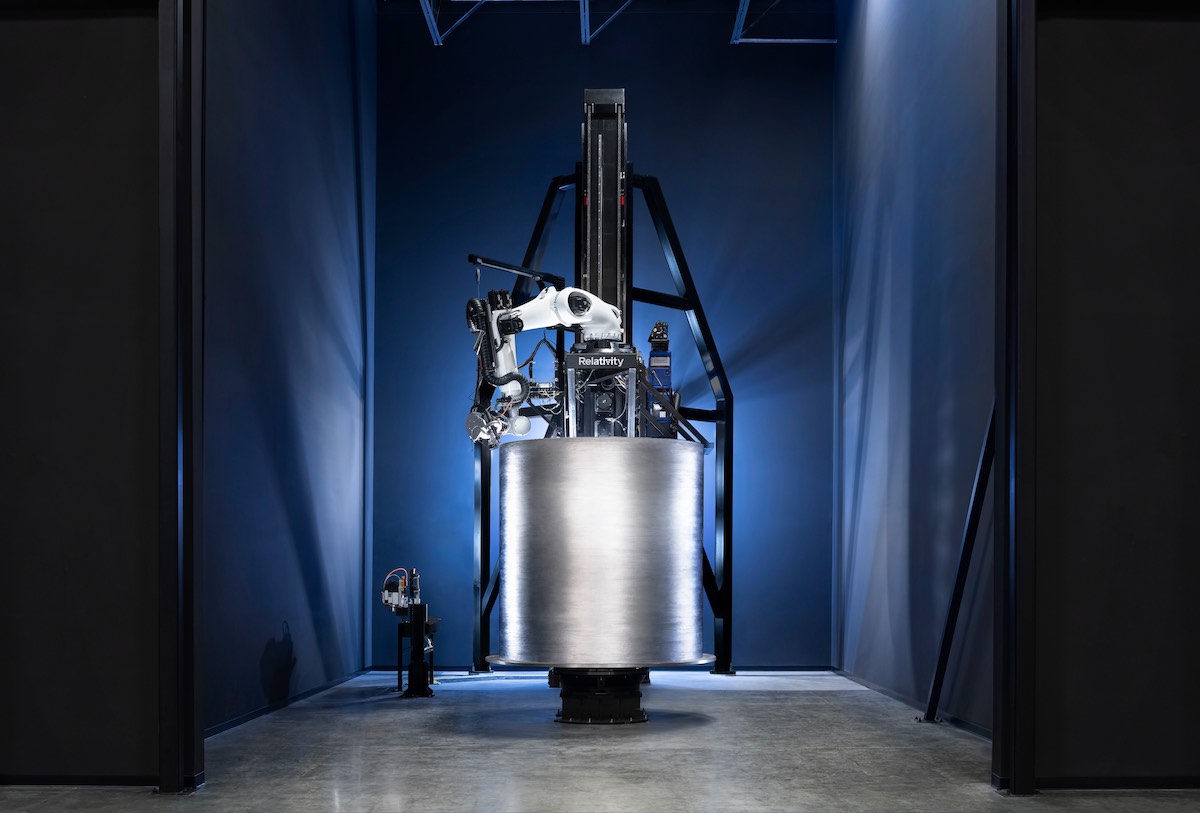
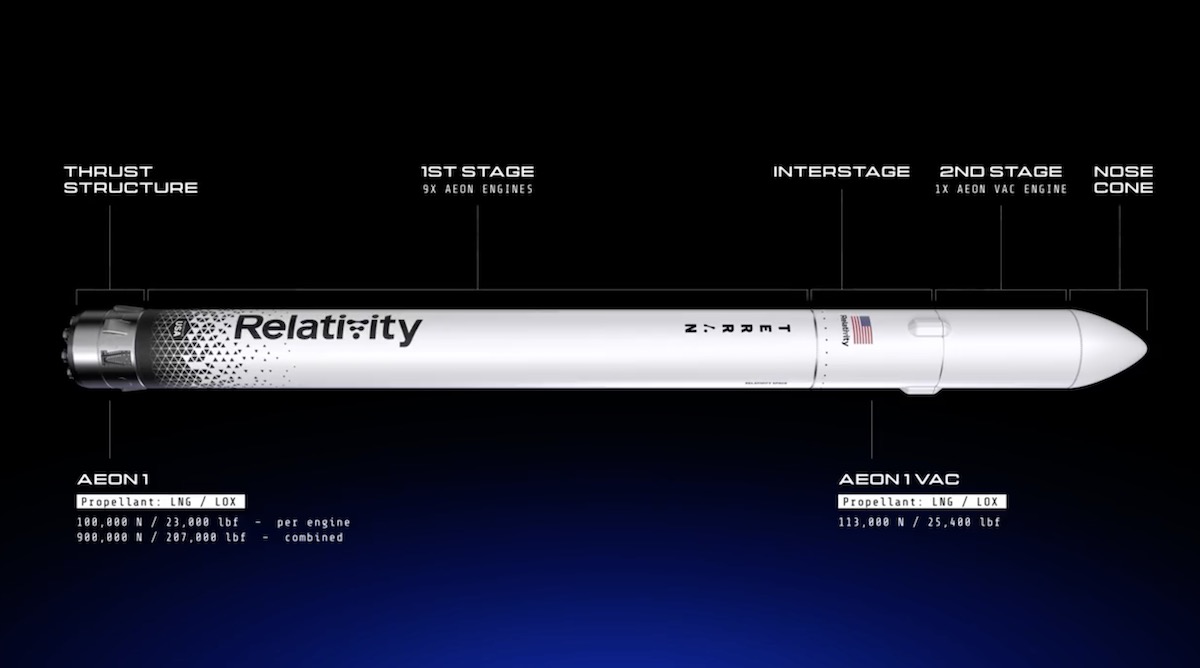
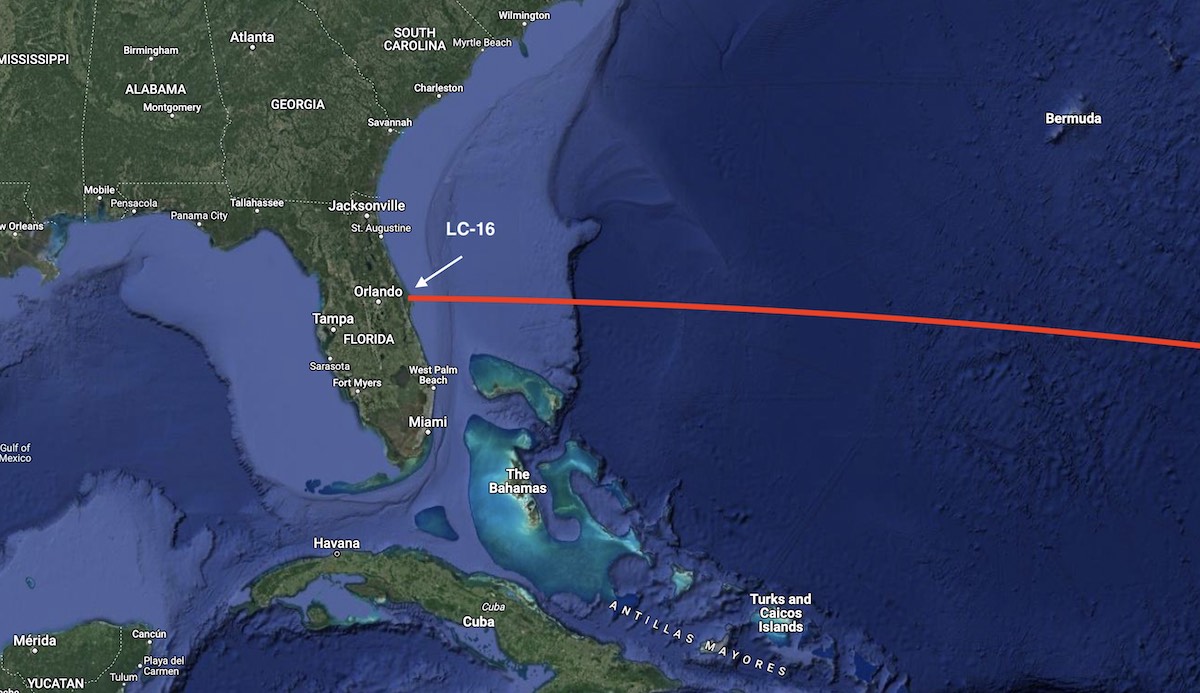
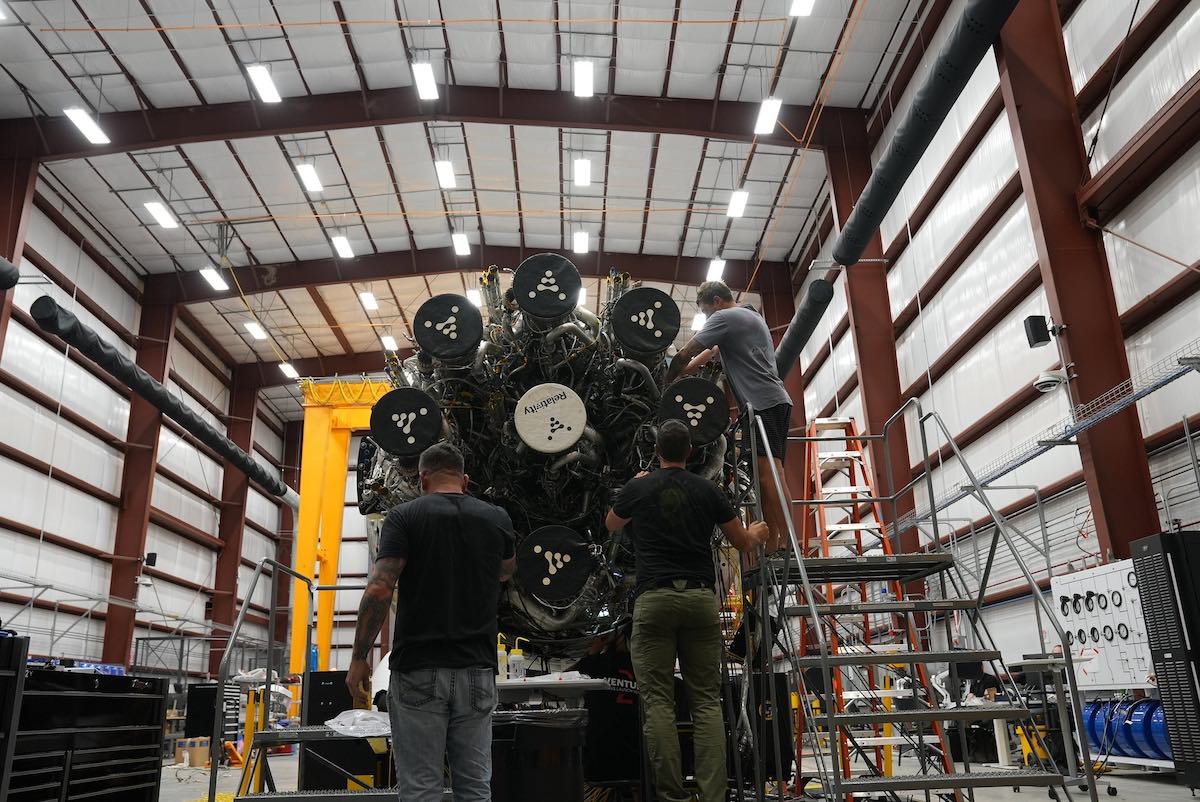
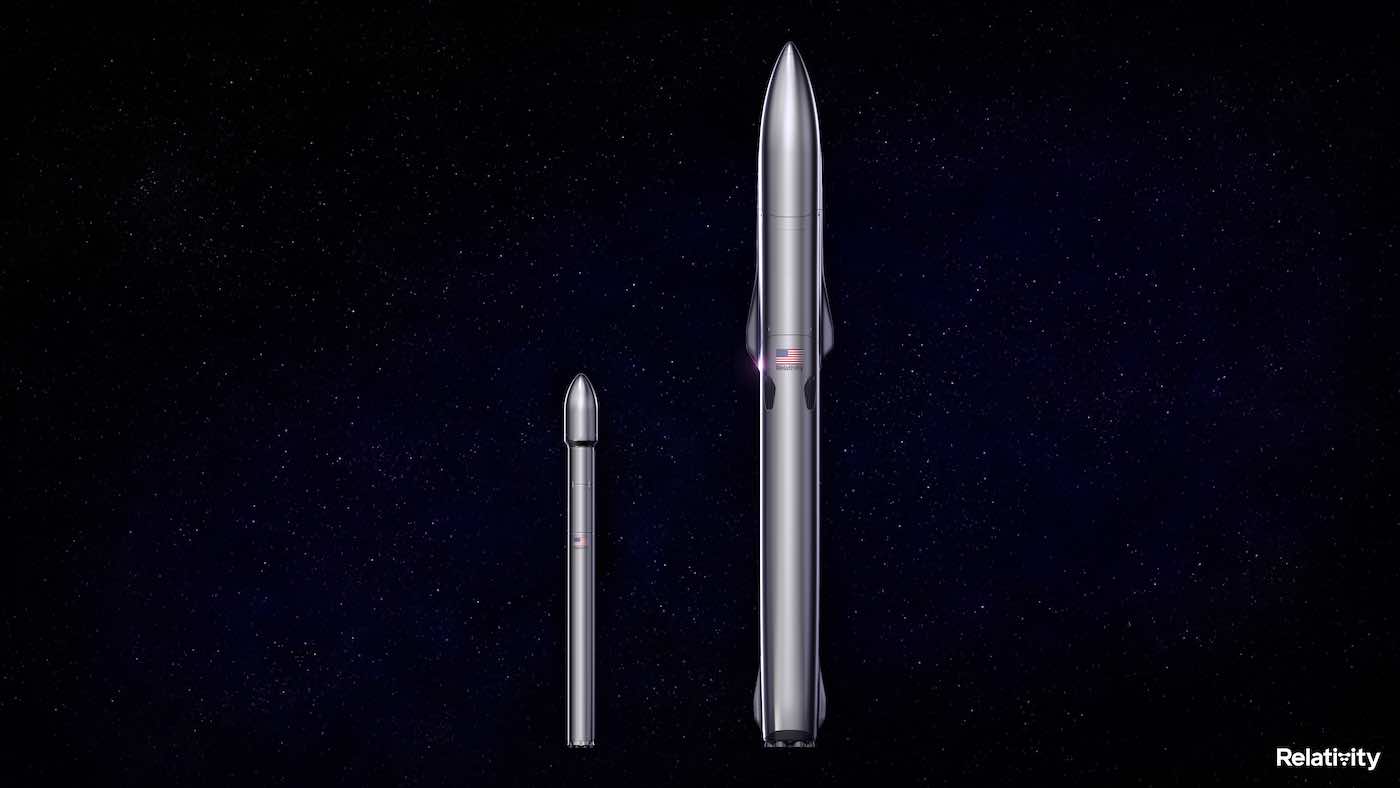

A colossal 'hole' in the sun's atmosphere could supercharge Earth's auroras on March 24
A 'hole' in the sun's upper atmosphere may soon generate another geomagnetic storm here on Earth, creating auroras in places farther from the poles than usual.
Explaining the Odd Behavior of Interstellar Object 'Oumuamua
It wasn't aliens after all — an astrochemist and an astronomer have teamed up to explain why the interstellar object 1I/'Oumuamua behaved the way it did.
The post Explaining the Odd Behavior of Interstellar Object 'Oumuamua appeared first on Sky & Telescope.
Virgin Orbit restarts operations with 'small' team as it works on finance deal: reports
Launch company Virgin Orbit is bringing back some of its furloughed employees after putting them on leave last week, according to media reports.
Best Marvel games of all time
The Avengers, the X-Men, and many more Marvel superheroes have assembled over the years in video games. These are the best Marvel games so far.
What is a UFO? The US shot down three mysterious objects as interest and concern increase over unidentified craft
The Air Force general overseeing North American airspace refused to rule out extraterrestrial forces at play after unidentified objects were shot down in February.
Another Look at the Aftermath of DART's Impact Into Dimorphos
When the DART spacecraft slammed into asteroid Dimorphos on September 26, 2022, telescopes worldwide (and in space) were watching as it happened. But others continued watching for numerous days afterward to observe the cloud of debris. DART’s (Double Asteroid Redirection Test) intentional impact was not only a test of planetary defense against an asteroid hitting our planet, but it also allowed astronomers the chance to study Dimorphos, a tiny moon or companion to asteroid Didymos.
New images released by the European Southern Observatory’s Very Large Telescope (VLT) show how the surface of the asteroid changed immediately after the impact when pristine materials from the interior of the asteroid were exposed. Other data tracked the debris’ evolution over a month, and provided details on how the debris changed over time. Additionally, astronomers searched for evidence of DART’s fuel but couldn’t find any.
The Cerro Paranal mountain top is home to the world’s most advanced ground-based facility for astronomy, hosting the four 8.2-metre Unit Telescopes of the Very Large Telescope, four 1.8-metre Auxiliary Telescopes and the VLT Survey Telescope (VST). Credit: ESO.“Impacts between asteroids happen naturally, but you never know it in advance,” said Cyrielle Opitom, an astronomer at the University of Edinburgh and lead author of one of two studies just published about the impact. “DART is a really great opportunity to study a controlled impact, almost as in a laboratory.”
All four of the 8.2-meter telescopes of the VLT in Chile observed the aftermath of the impact, which occurred when Dimorphos was 11 million kilometers away from Earth.
The first study, led by Stefano Bagnulo, an astronomer at the Armagh Observatory and Planetarium in the Northern Ireland, studied how the DART impact altered the surface of the asteroid.

James Webb Telescope spies hot, gritty clouds in skies of huge exoplanet with 2 suns
JWST just peered directly into the atmosphere of the giant exoplanet VHS 1256 b and found a roiling world with turbulent clouds made of silicates, similar to sand here on Earth.
Fly over Perseverance rover's Mars stomping grounds in new video
Thanks to stunning footage captured by two Mars orbiters, space fans can take a flight through Jezero Crater, the ancient lakebed that's the home of NASA's Perseverance rover.
See the moon and Jupiter meet in the sky tonight (March 22)
On Wednesday (March 22), the moon will be in conjunction with Jupiter, with the two celestial bodies making a close approach in the sky.
The Mandalorian season 3 episode 4 review: Saving the next generation
The fourth chapter of The Mandalorian season 3 lowers the stakes and explores Mandalorian tradition as well as Grogu's Jedi past and potential future.
Penultimate Delta rocket to launch next month on ULA’s first mission of 2023
ULA’s Delta 4-Heavy rocket lifted vertical on pad 37B at Cape Canaveral ahead of launch on the NROL-68 mission. Credit: United Launch Alliance
United Launch Alliance’s second-to-last Delta 4-Heavy rocket is scheduled to blast off from Cape Canaveral April 20 with a classified cargo for the U.S. government’s spy satellite agency, a mission that will mark ULA’s first flight of the year, officials announced this week.
ULA and the National Reconnaissance Office, the customer for the national security mission, announced the target launch date Tuesday.
The mission is known as NROL-68, and is expected to loft a large surveillance satellite into geosynchronous orbit, joining a fleet of government-owned spacecraft designed to eavesdrop on the communications of adversaries and foreign powers. But the NRO does not disclose details about its missions, and independent analysts use information about the rocket’s lift capability, trajectory, and similar past launches to predict the purpose of spy satellite missions.
“Everything’s looking great and we’re on track to launch another vitally important national security capability into space,” said Maj. Gen. Stephen Purdy, the U.S. Space Force’s program executive officer for assured access to space. “This will be our third national security launch this year.”
“These launches place critical capabilities into orbit for our nation and our allies in what are dynamic times for the space community,” Purdy said in a statement. “Every member of our launch team understands what’s at stake and works with care and efficiency to prepare for what’s going to be a tremendous launch.”


The science of Moon hopping
The videos of the first Moon landing with astronauts bouncing around the lunar surface are looking like a lot of fun - but jumping around on the Moon could also be good for astronaut's muscles, bones and the cardiorespiratory system.
Watch Relativity Space launch world's 1st 3D-printed rocket tonight (March 22)
Relativity Space aims to launch its pioneering Terran 1 rocket tonight (March 22) at 10 p.m. EDT (0200 GMT on March 23). Watch it live here.
Best space-themed 3D prints: Recreate iconic spacecraft and objects
Recreate famous space objects and NASA spacecraft using your 3D printer and these free print files.
This mysterious streak of light over California is actually an old space station antenna meeting its doom (video)
St. Patrick's Day revelers in Sacramento, California witnessed an old piece of the space station burn up in the atmosphere on March 17.

